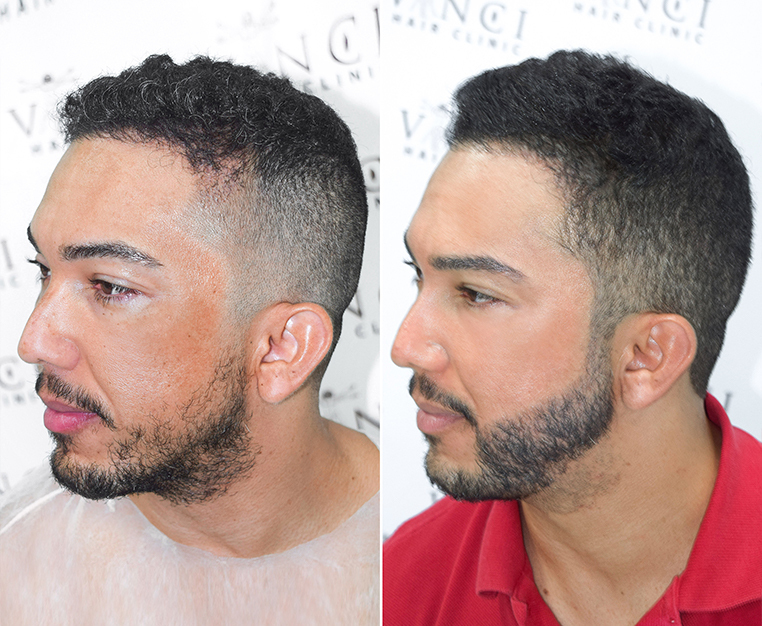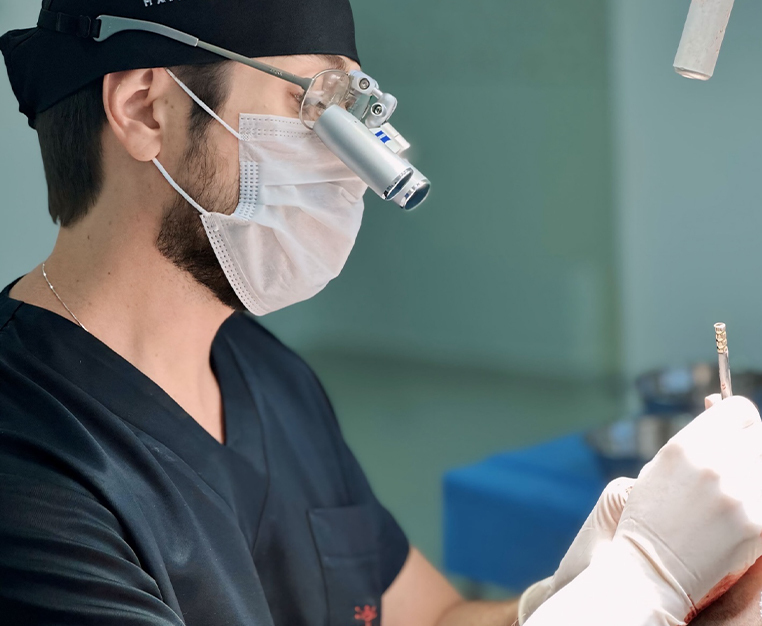Regular readers of this blog may have come across the Norwood Scale for measuring hair loss in men. It gets a mention occasionally in relation to an individual’s suitability for a hair transplant. In this article, we’re going to take a closer look at what it is and what it’s used for. If you’ve been looking in the mirror and wondering how your baldness compares with others, this article might help. It will give you a yardstick with which to measure your own hair loss. It may also help you with the decision when it comes to choosing a suitable treatment.
Keep scrolling to find out more!
Origins
Commonly referred to as the Norwood Scale, the full name for this male pattern baldness categorisation tool is, in fact, the Hamilton-Norwood Scale. That’s because its origins go back to the 1950s and the work of American anatomist, James B. Hamilton. Hamilton identified eight categories of hair loss in men.
His work set the standard for the study of baldness but was by no means definitive. Ogata added further sub-categories of hair loss two years after Hamilton’s research was published, while Setty improved upon Hamilton’s original classifications by including hair loss in Black males.
Dr O’Tar T. Norwood’s work in the 1970s was a further refinement of Hamilton’s classification. From 1975, the Hamilton-Norwood Scale became the standard measurement of hair loss. It is still widely used today, although Hamilton’s contribution and that of other researchers are often overlooked.
The Hamilton-Norwood Scale (Norwood Scale)
The Norwood Scale consists of seven stages of male hair loss. Each stage has two patterns of hair loss. The normal pattern is when the baldness starts on the top of the head, while the Class A pattern is when the hair starts at the front and moves to the back of the head. Here is a breakdown of the seven stages:
Stage 1
If you find yourself in stage 1 of the Norwood Scale, be happy! It means you still have a full head of hair and are showing few signs of baldness.
Stage 2
Stage 2 is still at the point at which your hair is largely intact, although you might be showing evidence of some hair loss around your temples. The hair loss is still not at a noticeable level.
Stage 3
This is the stage where your receding hairline becomes more pronounced. It is now clearly visible to you and others. Now that you’ve noticed your hair loss, you’ll become more conscious of it as the months go by.
Stage 3 vertex
There’s little difference between this stage and stage 3 as far as your hairline goes. You will notice more thinning on the top of your head, however.
Stage 4
By stage 4, you have lost a significant amount of hair. Your hairline has receded even further, and your thinning crown has developed a large bald spot. All is not yet lost; there is still a channel of hair joining the bald spot to your hairline.
Stage 5
This stage is just like stage 4 only more so. Your hairline has retreated a bit more, and the channel of hair between the bald spot and the hairline is thinner now.
Stage 6
At stage 6, you’re probably officially bald. The hair has mostly gone from the front and top of your head, and the channel of hair has disappeared. Only the sides and back of your head are covered.
Stage 7
Even the hair on the side of your head is under threat by now. Not only has it shrunk in size, but the quality of the hair has also deteriorated. The hairs are typically weak and thin.
Benefits of the Scale
So that’s the Norwood Scale, but what are its practical benefits? Put simply, understanding where a man is on his baldness ‘journey’ allows hair experts to identify the pattern of hair loss and identify the most appropriate treatment for him.
It’s also useful for individuals to know if they are in one of the early stages of the Norwood Scale and what the future is likely to look like. Too often, men ignore their concerns in the hope that their hair loss will stabilise. The Norwood Scale shows that getting treatment is the only thing that will help stop hair loss progression.
Conclusion
It’s important to remember that it’s not just your place on the Norwood Scale that decides whether or not you’re a suitable candidate for a hair transplant. The cause of your hair loss and the health of your donor sites are also key factors. That’s why you need to speak to a hair expert.
Vinci Hair Clinic has more hair loss experts than most organisations. We’re one of the world’s leading hair restoration companies with a network of clinics around the globe. We offer a free, no-obligation consultation to all our clients. This can happen over the phone using photographs or in person at one of our clinics. Get in touch today to book your appointment!





